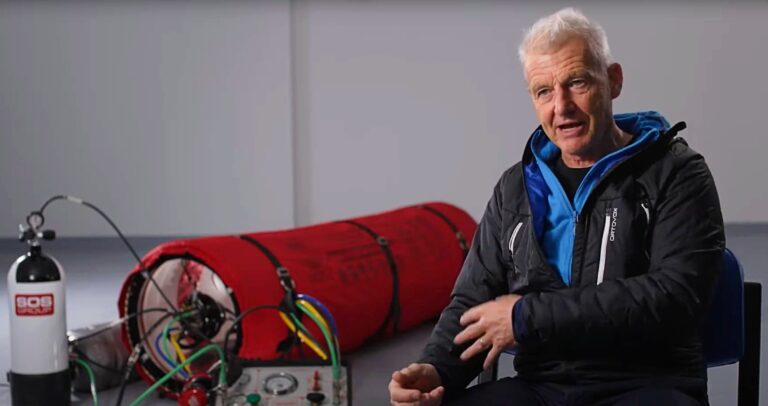My old friend Paul Rose – and how many divers worldwide have come to regard this affable British diver as an old friend? – is a hard-bitten veteran of many thousands of dives in often extreme conditions, and freely admits to past profiles that sometimes veered perilously close to the wind.
A few years ago, however, he realised just how much of a gamble he had been taking during his 55 years of underwater adventures. That was when an unsuspected fragility that had lurked inside him for even longer than that – he was born 73 years ago – exploded literally out of the blue.
Paul has been base commander at Rothera Research Station in Antarctica, vice-president of the Royal Geographical Society and charismatic presenter of many a TV documentary series, but for much of the past decade he has been touring the world’s remoter diving hotspots as National Geographic’s Pristine Seas expedition leader.
That’s how he came to be off the remote Pacific coral island of Niue, where the incident that could have ended his diving career – or worse – occurred.
It all started with a routine shallow dive to film a sequence with sharks, as he explains on camera to SOS Group, the hyperbaric-chamber manufacturer he credits with providing his lifeline to recovery. He and his crew had been diving to around 25m from a RIB.
“Sharks were there, it was a dead easy, beautiful dive. I swam with them, and the trick was to come up to 10m and wait for the media team to get ahead, so they could film me coming into the boat.

“So I hung out there at 10m, went up, said my bit to camera about how great it was and, as I came up into the Zodiac – boff! I got this hit and was instantly paralysed on my right side, even partly in my chest. I felt horrendous.”
He told underwater cameraman Manu San Felix that something was wrong. Manu checked his computer, called the expedition vessel, put Paul on oxygen and started to take his dive-gear off.
“The run back to the boat was probably only five minutes but it felt like a long time,” says Paul. Once back on the boat “they gave me tonnes of water and aspirin – and our Hyperlite 1 was ready for me.”
Hyperlite 1
It was the Hyperlite 1, and its bigger brother the Hyperlite SL3, that I went to see for myself on a demo day at a rural industrial estate near Aylesbury recently. It’s an impressively compact portable recompression chamber for one, claimed by SOS Group as the world leader in its sector.
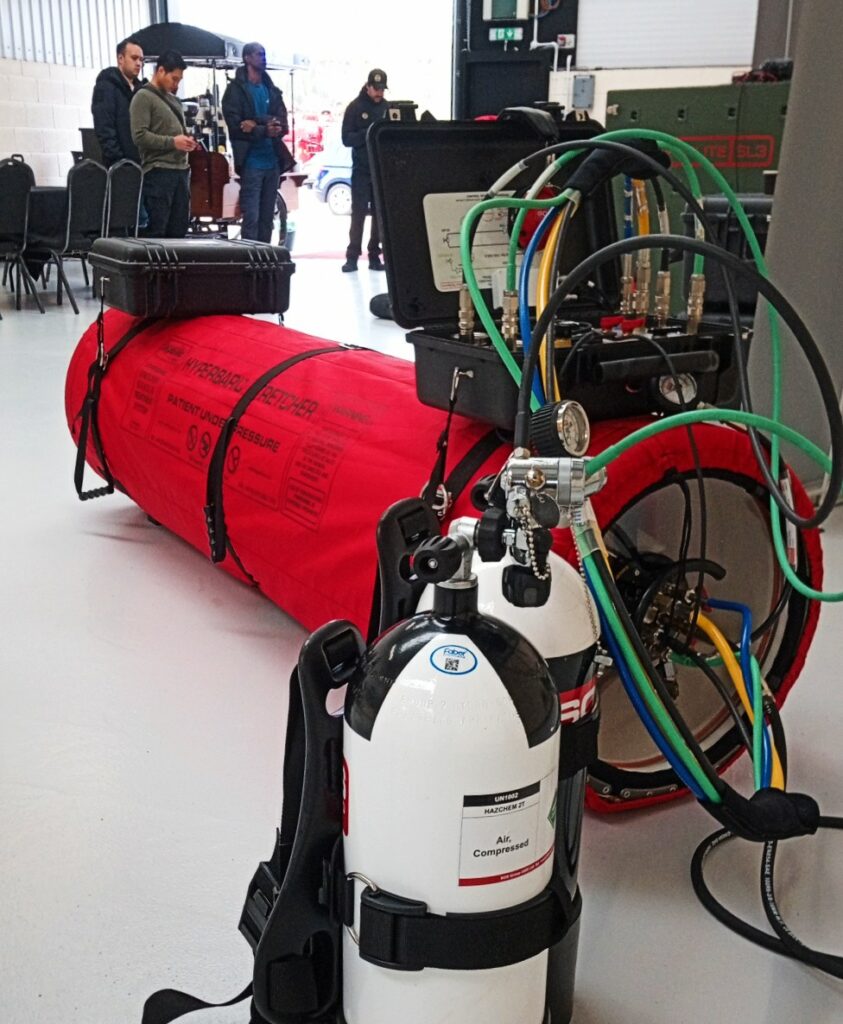
At £75,000, it’s not something too many recreational divers are likely to be found packing into their car-boots – though they could fit it in easily enough if they wanted to, because the chamber and its associated apparatus packs down comfortably into three or four Pelican cases.

For expedition diving, especially at remote sites of the sort Paul Rose and his dive-teams frequent, having a Hyperlite to hand is no indulgence.
Consider the medical dangers of delaying treatment to a diver with decompression illness, along with the inevitable costs and logistical difficulties of arranging airlifts or other emergency transport to get that diver safely to a permanent hyperbaric facility, and this is an investment that makes sense. The question is more whether a chamber that’s big enough for one will suffice.
SOS Group is a British family business, and owner and managing director Paul Selby was on hand with colleagues to demonstrate the Hyperlites. “Many explorer vessels have our systems onboard due to the portability, small packaged volume, ease of use and through-life support and training offered by SOS,” he says.
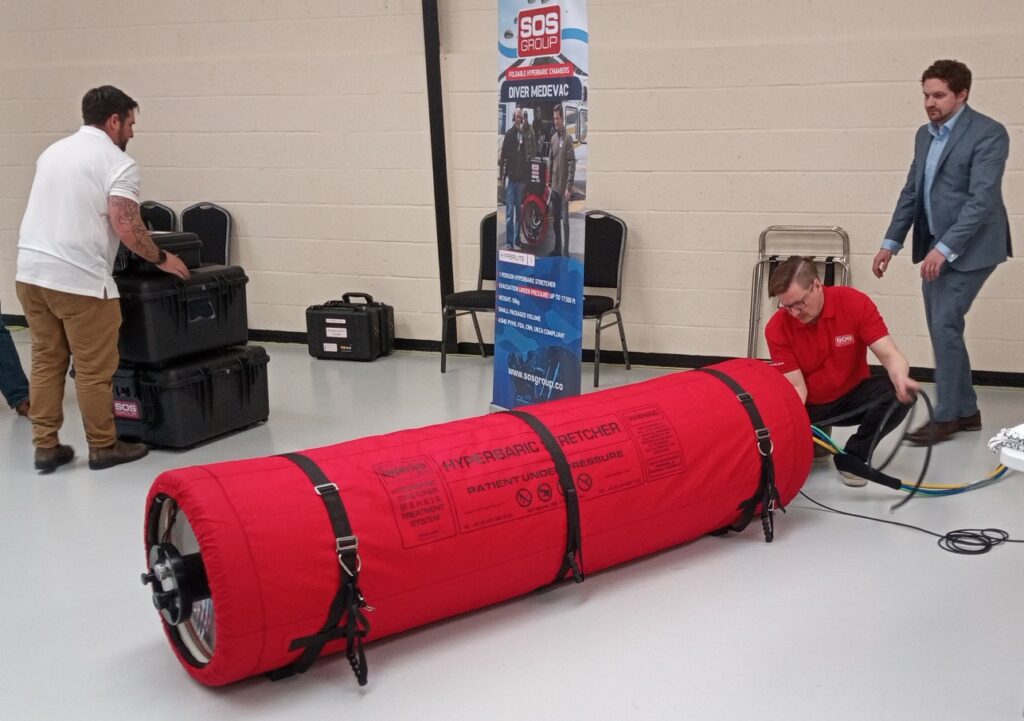
SOS Diving Equipment started life in Italy in the 1950s, selling depth gauges as well as an early forerunner of today’s dive-computer, called the SOS Automatic Decompression Meter. This instrument proved so popular that at least 50,000 are reckoned to have been bought by scuba divers around the world.
It was Paul’s father John Selby who set the company on its present course. Through his connections with the London Underwater Centre he came to buy SOS’s intellectual property rights in 1986 – including those for a lightweight metallic hyperbaric chamber.
Within four years the UK’s Defence Research Agency was funding SOS Group to develop a foldable version of the Hyperlite 1 which, meeting stringent US engineering and safety standards, went on to grab the attention of US armed forces.
In 1996 the Hyperlite, capable of delivering all 100% oxygen therapies, was named the US Navy’s preferred portable non-metallic unit.
A process of regular enhancements and modifications has continued ever since, notably in 2008, when a lightweight tube with integrated braiding technology was said not only to have boosted the Hyperlite’s portability and durability but to have reduced its weight by a third and its stored volume by half.
SOS Group today serves a number of markets, but within the “Sport Diving” sector it supplies its products mainly to liveaboard diving operations, charter yachts, independently owned superyachts and remote medical centres. Fortunately for Paul Rose.
‘I’m in!’
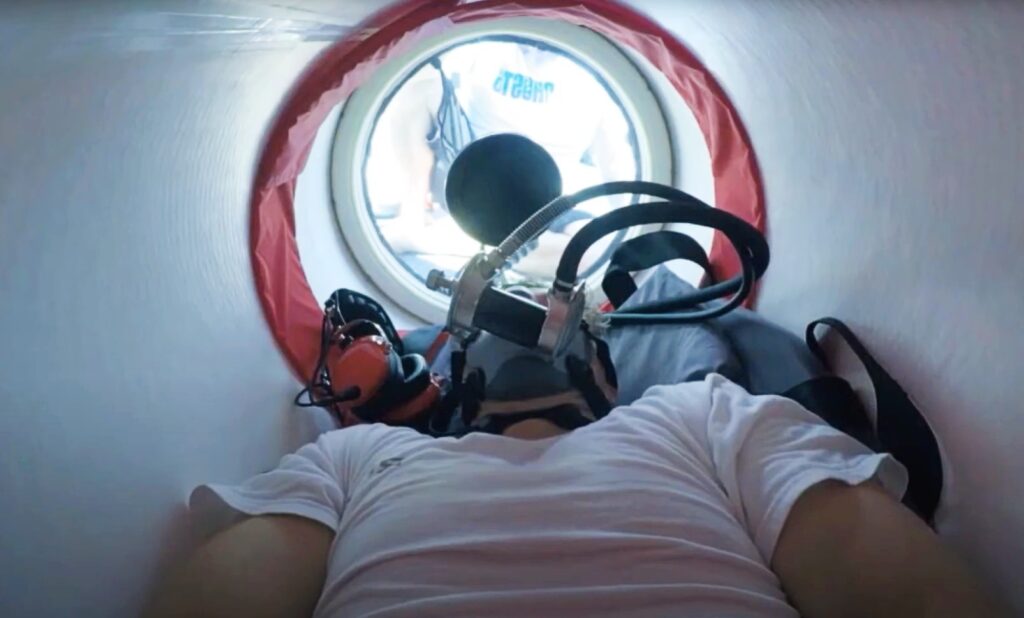
“I was so happy to be in there!” says Paul of the moment he was popped into the Hyperlite 1 in Niue. “I’m in! I knew I was going to be looked after – but I was still worried what was actually going to happen to me.”
Noted for his optimistic disposition, once Paul was on oxygen and at treatment depth it wasn’t long before he says he started to “feel good”.
“I still remember moving my foot, I could feel my leg. I began to feel my hand better and I wasn’t worried about my chest. I was comfortable in there. I was rolling around a bit, listening to what was going on. The great thing is that you can hear everybody chatting!”
The team outside were working their way through the treatment steps, with which he was familiar. “It was nice to hear them going properly – I didn’t want to be out there telling them!”
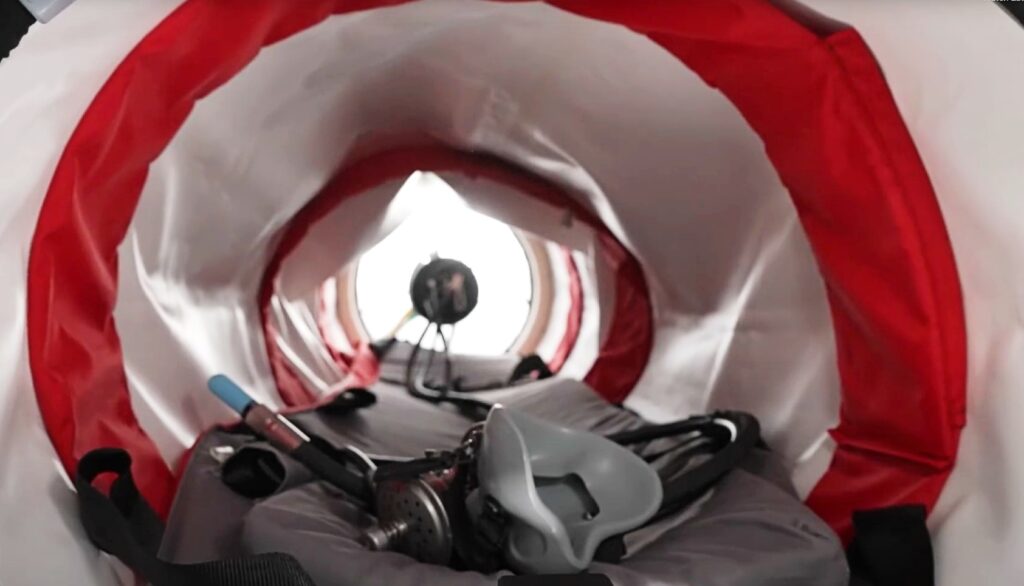
Following his unexpected medical emergency Paul was unable to dive for the rest of the expedition, though he was fit enough to carry out filming work at the surface and see the mission through. Naturally, he remained concerned about why the bend had occurred in the first place.
“I got back to England and was diagnosed with a PFO, which is a hole in the heart. Apparently we’ve all got holes in the heart – we’re born with them but in most people they heal up. In my case it didn’t, which meant that air was escaping. I had no idea. So I got that fixed and I’m now back diving.
“But for some sensible diving – and I’m lucky, it was a sensible profile – and the Hyperlight 1 unit, I wouldn’t be here today,” he says.
“When people think about a recompression chamber they think about an enormous white metal unit, but Hyperlight 1 rolls up into a couple of Pelican cases.
“If the vessel you’re on doesn’t have its own chamber or there isn’t one very, very close by, these are the way to go.”

‘Made me jump’
Earlier in his career Paul Rose had instructed thousands of divers when he ran the US Navy diver training programme at Great Lakes Naval Training Centre, as well as police and fire department emergency response and underwater recovery dive-teams.
He thought he had seen it all, but now says that his personal PFO experience “really opened” his eyes.
“1969 I started diving, and without much thought I was doing quite aggressive dive profiles. I was diving deep, making lots of repetitive dives. We often didn’t have O2 and we certainly didn’t have a chamber on board.
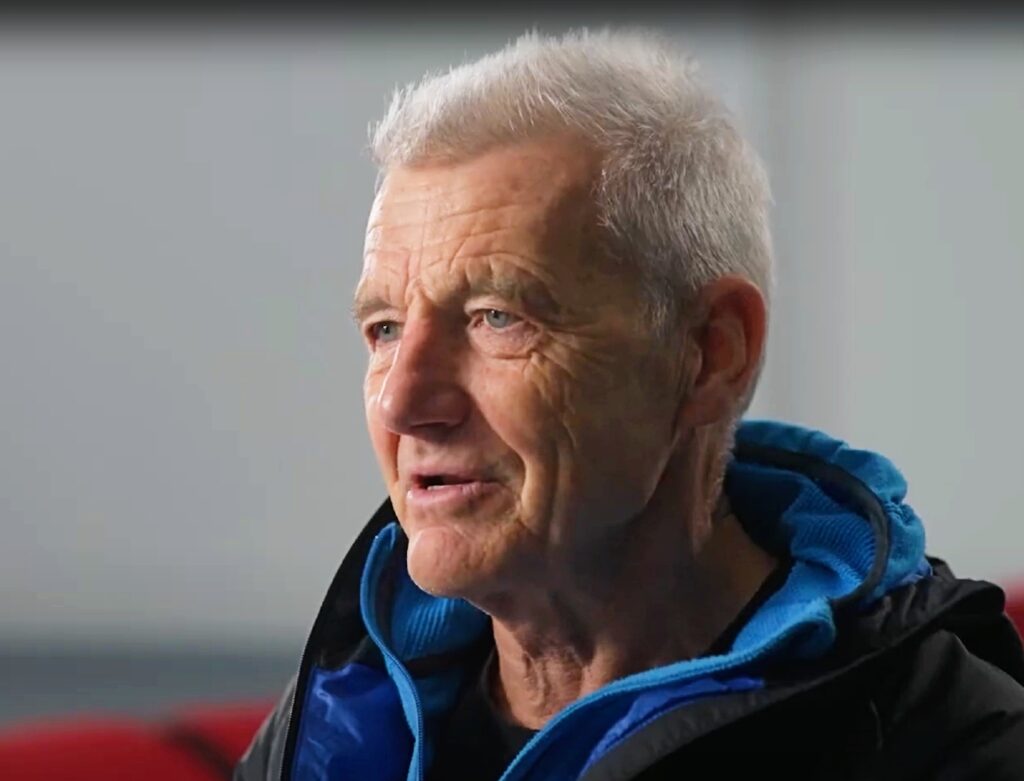
“Later in life I was diving a lot under the ice. I love diving under ice and still do, all those dives in Antarctica, in the Arctic, very close to the North Pole – and long dives.
“Even though I’m a qualified diving instructor, I had that feeling of invincibility going on. You know: well, I missed a couple of stops, I was over my time there, still seemed to be all right.
“When it did bite me, it really made me jump. Very experienced diver, happy to be on that slightly aggressive side of the profiles, sense of invincibility and brought up very short now to realise that conservative profiles are there for a reason.”
Chamber choices
The inflated Hyperlite 1 is 2.25m long and 60cm in diameter, giving it a capacity of 570 litres and a weight of only 50kg. Two people can assemble and disassemble it easily in about 15 minutes, as was shown at the demo.
With a maximum allowable working pressure of 2.3 bar, the system enables a patient to receive treatment either at the scene or, with the chamber used as a “stretcher”, to continue treatment while being transferred to the nearest suitable medical facility.
It can be lifted and carried complete with patient by as few as four people, and is light and compact enough to be checked in on international airline flights, where treatment can be maintained at altitude if required.
The bigger (3 x 1m) Hyperlite SL3, developed for the US Navy, weighs in at 230kg and came out in 2020. It is priced from a serious £180,000.
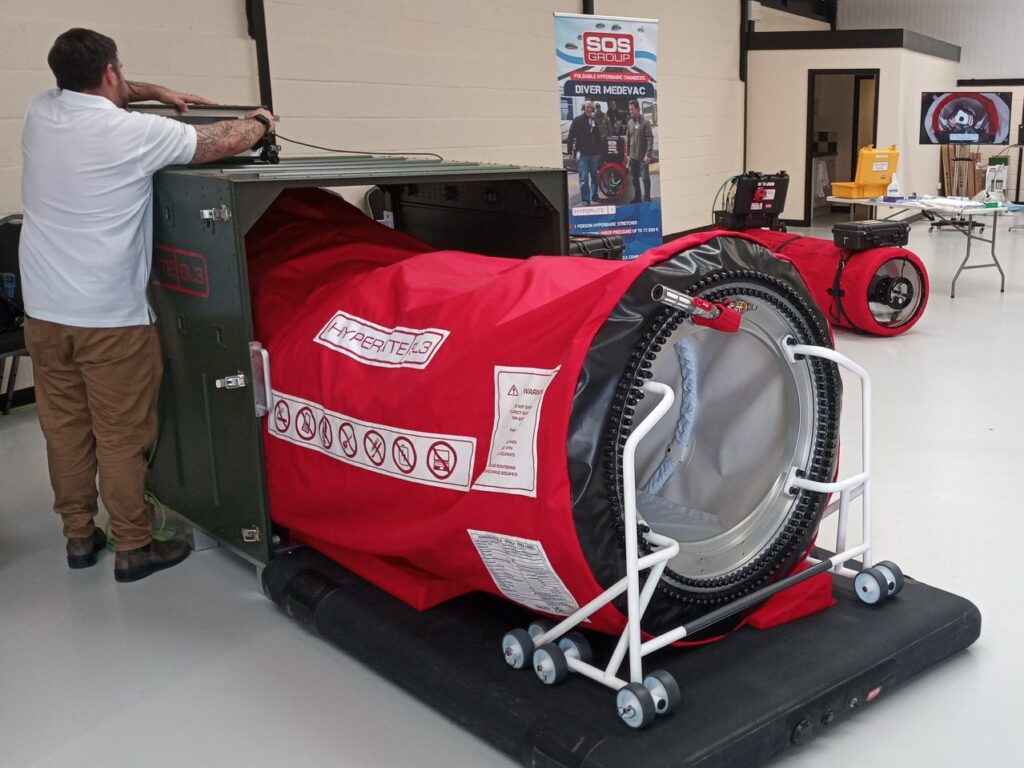
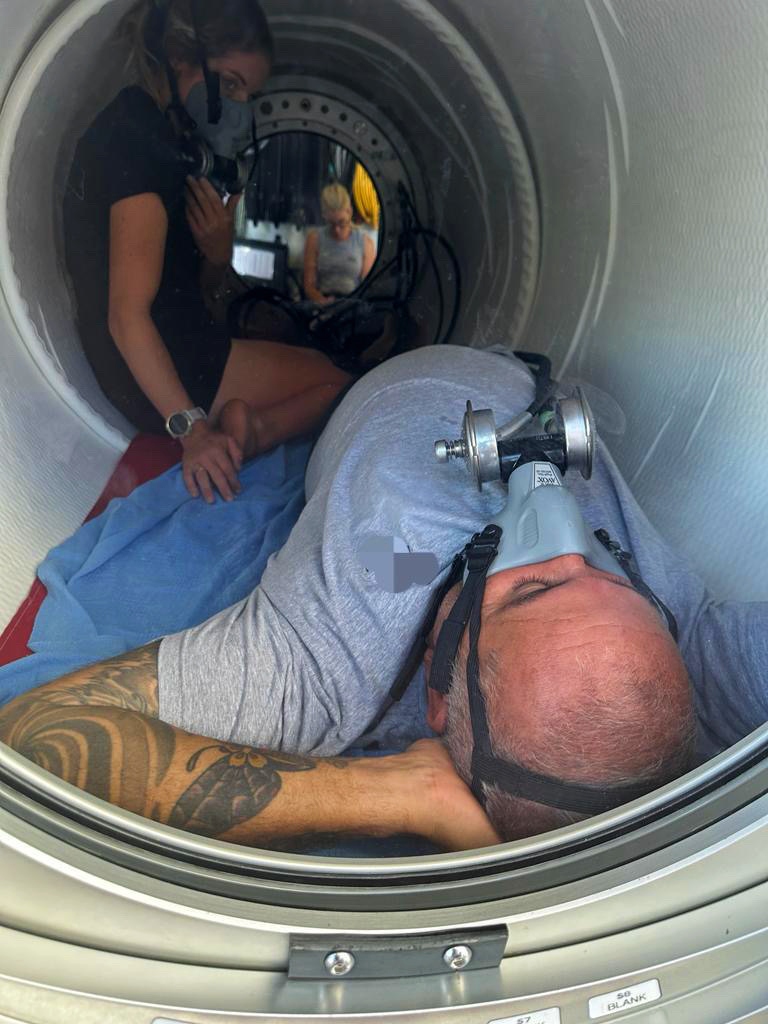
It and the even bigger DL5 (550kg), which comes complete with a second lock, allow more than one diver to be treated at once or patients to be accompanied inside by a medical professional. Full details of SOS products can be found on the company’s website.
Also on Divernet: Divers urged to back reprieve for Oban chamber, My favourite kit – Paul Rose
